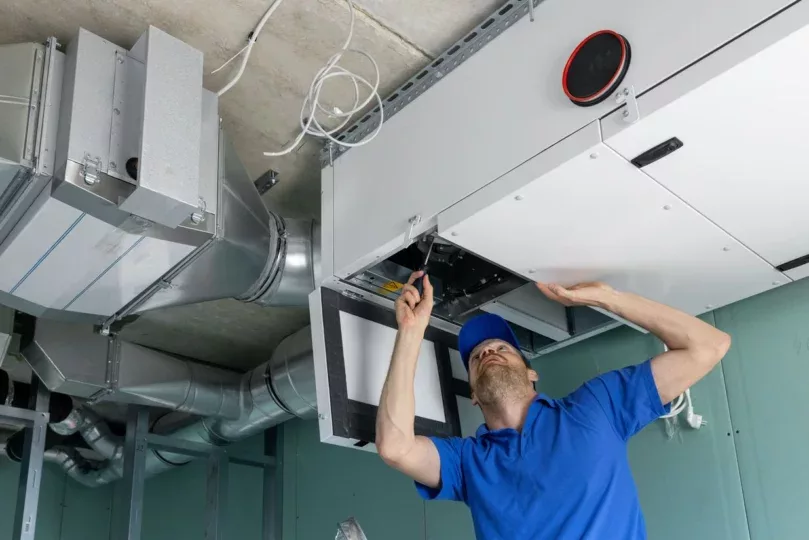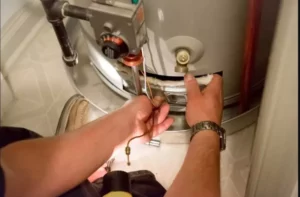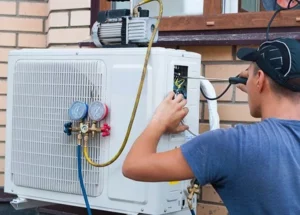The interstate is choked with traffic—smoke stacks from a nearby industrial complex. When we think about air pollution, these are just a handful of the images that come to mind. However, what about the air quality in your own home? Do you ever wonder how safe your home’s air is?
The truth is that indoor air pollution can be just as hazardous – if not worse – than that found in public places. The average American spends around 87 percent of their time indoors, so it would make sense to hear more about indoor air quality. However, do not be alarmed! The good news is that you don’t have to wait until tomorrow to start making improvements to the quality of the air you breathe at home.

Common air pollutants.
Pet dander and harmful gas leaks are two familiar sources of indoor air pollution. As a result of natural gas leaks, carbon monoxide, a typical air contaminant, can enter your home. Asbestos and lead dust in older houses can harm the lungs every day if breathed in. There is a greater risk of mold and mildew in bathrooms and kitchens because of the higher moisture levels.
Here are seven quick fixes for better indoor air quality:
- Replace your air conditioner’s filter.
All year long, your air-conditioning systems are working to keep your home at the ideal temperature. Some common air contaminants are removed when they pass through all that air in a continuous cycle. Their air filters eventually get too full and quit working. Because of it, you’ll have to pay for pricey repairs in the future if you don’t take care of your AC system. So, if you suffer from allergies or reside in a polluted city, make sure to change your AC filters regularly or sign up for an air conditioning service plan that includes filter changes.
- Other air filters should not be overlooked.
Your air conditioner’s filter isn’t the only thing keeping your home’s air pure. Check the filters in your other home appliances if you’re serious about improving the air quality in your residence. You should regularly inspect and maintain your vacuum cleaner, dryer, and kitchen vents. Every few months, these popular household filters should be cleaned or replaced.
- Check your air ducts.
Air ducts are essential to maintaining a healthy indoor temperature by distributing hot and cold air throughout your house. However, ducts that are not properly constructed or maintained can spread toxins between rooms. Vents can become clogged with allergens, dust, and even mold over time, lowering your home’s air quality. Make sure your ducts are working properly by hiring an expert.
- Ventilate your kitchen correctly.
In the kitchen, many indoor air pollutants can be found. Carbon monoxide and nitrogen dioxide are two of the most dangerous byproducts of gas burners. Use your kitchen vents or a window to even more impurities from the air while you cook.
- Maintain the cleanliness of your rugs and carpets.
Adding rugs and carpets to your home does more than making it cozier. They serve as self-contained air filters, collecting dust and other irritants in their many fibers as they circulate. Keeping your carpets and rugs clean will keep them working for you, increasing your home’s air quality just by sitting there!
- Manage your home’s humidity levels.
In humid and wet circumstances, asthma and allergies can be caused by mold and mildew. Summers can be particularly humid, depending on where you are in the country. Using dehumidifiers in the right places can help reduce the amount of moisture in the air and prevent the growth of irritants like mold. Several humidifier alternatives are available to keep your home’s humidity levels stable and comfortable.
Conclusion:
To keep your home’s air clean and breathable, you’ll need to be diligent and do regular preventative maintenance. Consider scheduling an appointment with a Petro Home Services professional now that you’ve learned a few simple things you can take to reduce indoor air pollution.




